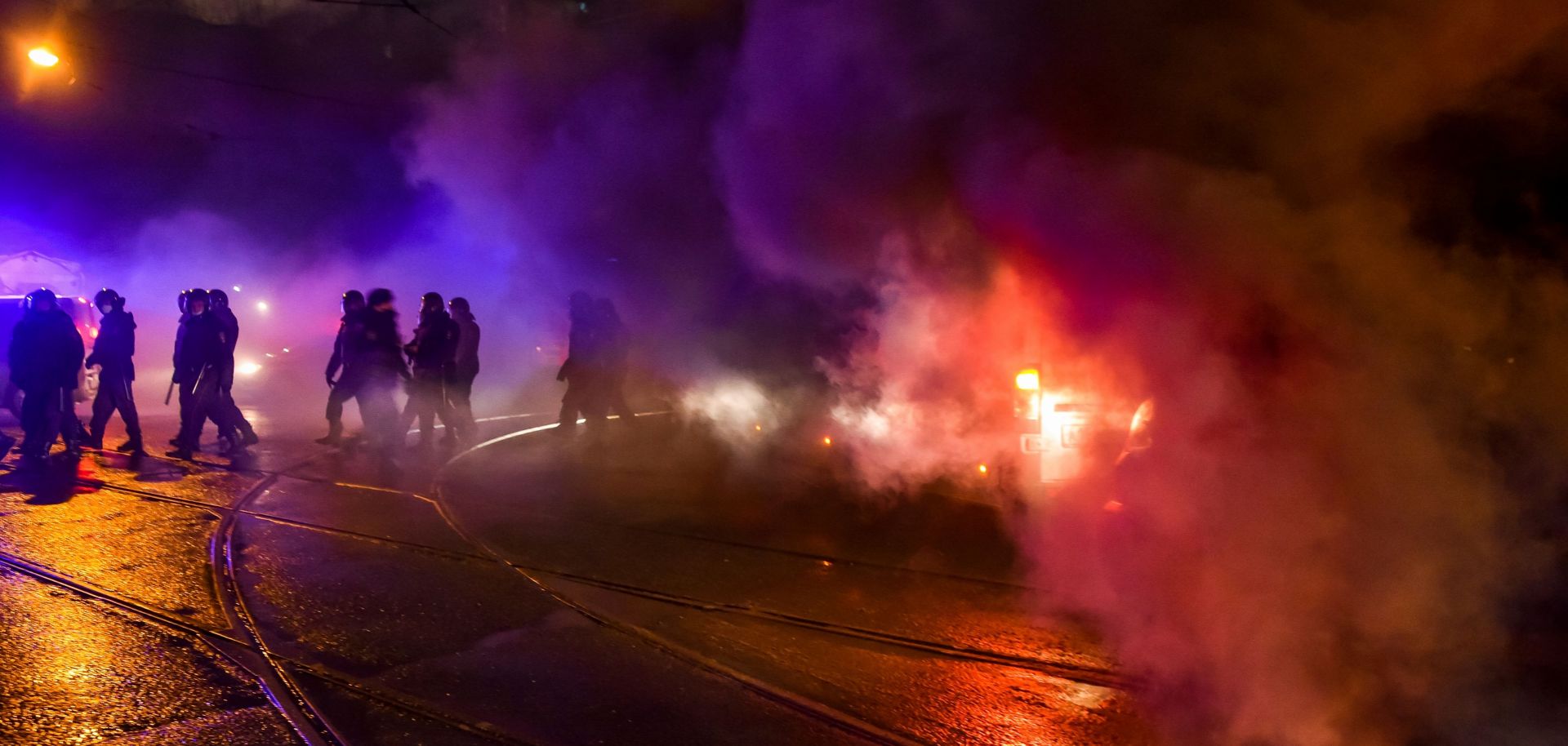The heightened crackdown on dissent in Russia demonstrates the Kremlin’s methodic resolve to use all levers of state power to ensure President Vladimir Putin’s policies and worldview endure -- even after his eventual departure. The COVID-19 pandemic, low oil prices, unpopular constitutional reforms and unprecedented protests made 2020 one of the most tumultuous years of Putin’s two-decade reign, necessitating an escalated strategy to mitigate threats to his power. In March, Russia’s legislature approved constitutional amendments that would enable Putin to run for another two, six-year terms by nullifying his previous terms. The move was so unpopular that the Kremlin attempted to bury it among other nationalist and populist amendments to drum up support. But more importantly, the amendments revealed Putin’s plans to wield significant power even after he leaves the presidency, as they also contain various adjustments to the separation of powers that enable former presidents to retain informal control...

